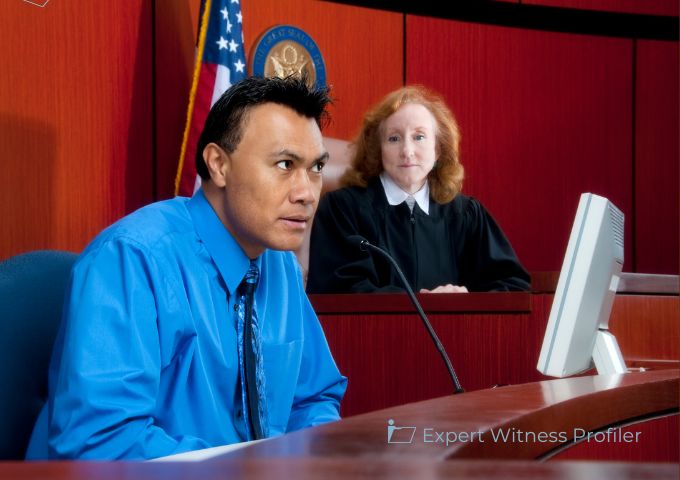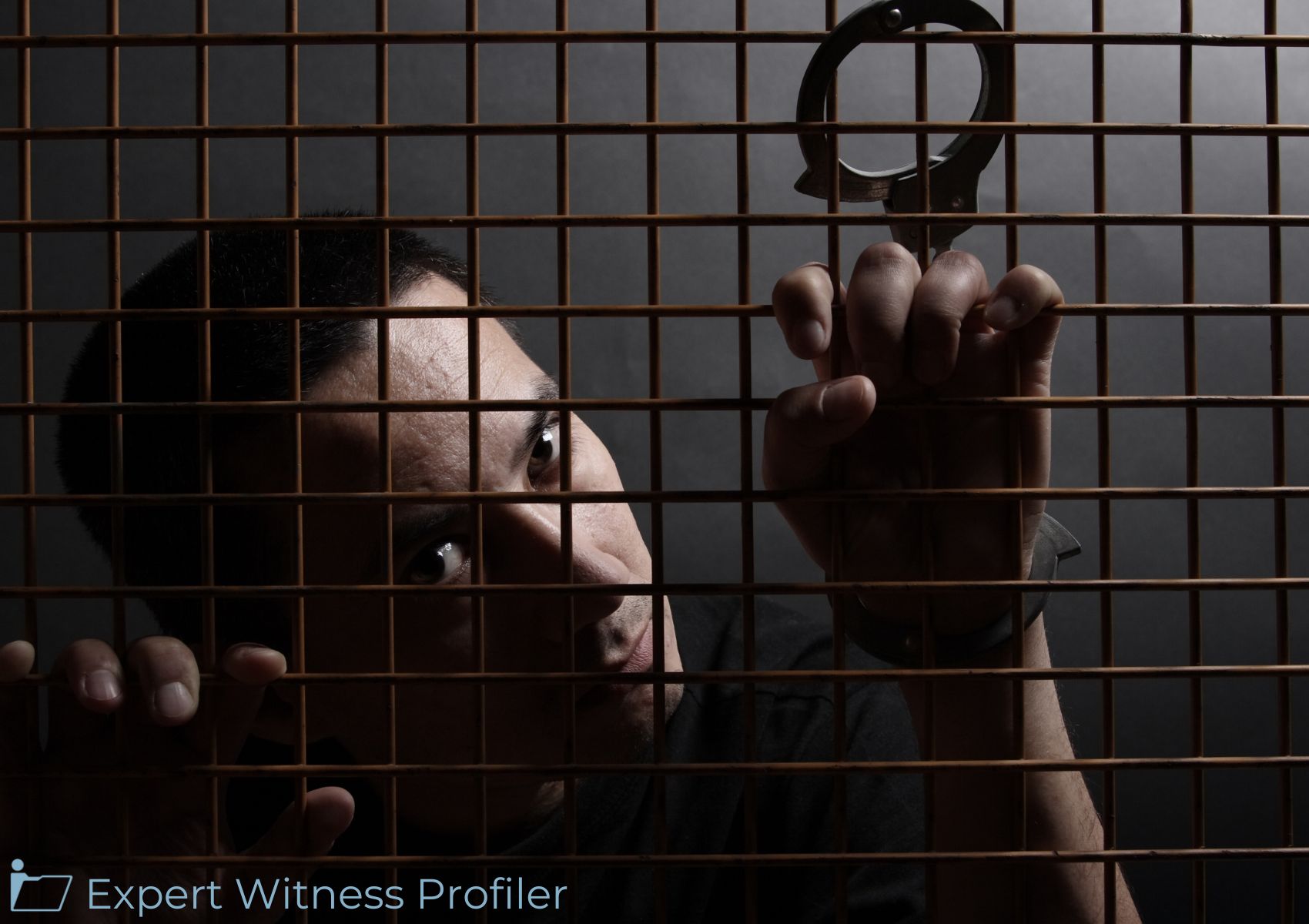Eleventh Circuit clarifies the difference between the two types of expert witness disclosures under Rule 26
Posted on August 30, 2023 by Expert Witness Profiler
Holds why an expert was hired originally, and not the subject matter of their testimony determines which disclosure rule to apply.
Federal Rule of Civil Procedure 26(a)(2) outlines two types of pretrial disclosures for expert witnesses— Federal Rule of Civil Procedure 26(a)(2)(B) and 26(a)(2)(C).
Rule 26(a)(2)(B) applies to retained experts or those employed to regularly provide expert testimony and requires a written report prepared and signed by the expert witness containing 6 components: complete statement of opinions and basis; facts/data considered; exhibits to be used; qualifications and publications; list of other cases testified in past 4 years; and statement of compensation.
Rule 26(a)(2)(C) applies to non-retained experts who do not regularly testify, such as treating physicians and requires a disclosure instead of a report which can be submitted by an attorney instead of the expert containing summary of opinions the expert will offer and summary of facts/qualifications underlying them. It is less detailed than a written report.
The Eleventh Circuit clarified the difference between two types of expert witness disclosures under Rule 26 in this personal injury and torts case.

Cajule Cedant was involved in an accident with a U.S. Postal Service truck and sued the federal government under the Federal Tort Claims Act, alleging he suffered injuries in the crash and incurred medical expenses. The government disputed the accident caused Cedant’s injuries. A key issue in pretrial proceedings was causation – whether Cedant’s medical problems were caused by the accident, as the government claimed his injuries predated the crash.
To meet his burden on causation, Cedant planned to offer expert testimony from several doctors who treated him after the accident. The court’s initial scheduling order required “treating physicians offering opinions beyond those arising from treatment” to file a detailed expert report under Federal Rule of Civil Procedure 26(a)(2)(B). Cedant submitted reports he called “Rule 26(a)(2)(B) Disclosures” for his experts. However, he claimed they were not truly “retained experts” needing to file such reports. The government argued the reports did not comply with Rule 26(a)(2)(B). Cedant then tried to get an extension of time for his experts to complete their reports. After various disputes over the reports, the court eventually excluded Cedant’s experts for noncompliance with Rule 26(a)(2)(B) and granted summary judgment to the government.
On appeal, the Eleventh Circuit held that the district court was wrong to categorically require Cedant’s treating physicians to submit Rule 26(a)(2)(B) reports just because they were testifying on causation. The Rule focuses on why an expert was hired, not the content of the testimony. Cedant’s doctors were initially hired to treat him, rather than to testify. Therefore, he only needed to file the less extensive Rule 26(a)(2)(C) disclosures for them.
However, the court said Rule 26(a)(2) also allows parties and courts discretion to modify the default disclosure rules when appropriate for a case. Here, the district court misunderstood that requiring Cedant’s witnesses to submit detailed reports was discretionary rather than mandatory. Because the court applied an incorrect legal standard in excluding the experts, the appeals court vacated the summary judgment order. But it affirmed denial of Cedant’s own summary judgment motion, since causation evidence was still required.
On remand, the district court can evaluate whether Cedant’s filings met Rule 26(a)(2)(C), or it can issue a new order invoking its discretion to require more detailed Rule 26(a)(2)(B) reports on causation. Overall, the appeals court clarified that the retained versus non-retained distinction in Rule 26(a)(2) depends on the original purpose behind hiring an expert. The district court has discretion to tailor requirements beyond the defaults but did not recognize its discretion here. By vacating summary judgment, the appeals court gave Cedant another chance to prove causation, either through Rule 26(a)(2)(C) disclosures or modified expert reports if the district court requires them.
Key Takeaways:
- The default disclosure rules focus on why an expert was hired originally, not the subject matter of their testimony. Experts retained specifically for litigation must file detailed 26(a)(2)(B) reports. But experts like treating physicians who are involved first for other reasons only need to provide 26(a)(2)(C) disclosures.
- Just because a non-retained expert like a treating doctor testifies on a particular topic, like causation, does not automatically require a 26(a)(2)(B) report. The district court wrongly imposed this categorical rule.
- However, courts have discretion to order more detailed disclosures beyond the defaults if appropriate for a case. Here, the district court did not recognize its power to request causation experts file reports was discretionary.
- On remand, the district court can evaluate whether Cedant’s filings met 26(a)(2)(C) requirements as written. Or it can issue a new order invoking discretion to require 26(a)(2)(B) reports on causation.
- But imposing more stringent requirements than the defaults must be an exercise of reasoned discretion, not a perceived mandate from the Rules.
- Overall, parties must understand what relationship triggers default disclosure duties for experts under 26(a)(2). But courts may tailor requirements beyond the defaults through orders invoking their case-specific discretion.





